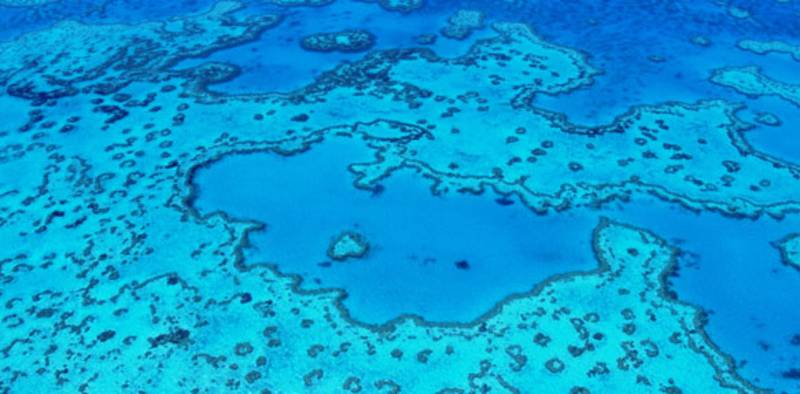Artistic Approach
Whether I was driving a bushcamper 10,000km through the center of the red continent or staying on the coasts, I created - and still create - art there. Everything is an experience through which to observe and discover structure, an invitation to see the changes and movements in nature.
That, in short, is how I understand my work. I want to discover the displacements, the change, and the movements of abstract visual appearances, without the burden of conceptual interpretation. In my artistic work I trace these processes, re-experience them, and observe the interplay between regularity and happenstance, between density and transparency, between fluidity and rigidity. Through the application of different surfaces - extremely absorptive or completely smooth, the colour either liquid or dense and viscous - I press, squeeze or swing the artist’s tools. I sense displacements and metamorphoses in nature in order to transform them in my work. It is an embodiment of an experience of nature, and the process of doing lies at the center of it.
I liken this interplay, which unfolds through planned as well as experimental movements of colour on the medium, to the tides, the gravitational pull of the earth, the influences that determine our paths. Through this, structures develop - and the best thing about that is that in turn, those structures move our spirit, which is mirrored in the percept. Our brain has the idiosyncratic need to search for patterns, but at the same time to interpret the bigger picture and infuse it with emotions that nature never intended. So much that I see is not really visible - “Was sehe ich was du nicht siehst?“ (I spy with my little eye), that’s the name of the game. A game without limits, it inspires our subconscious. It enhances my imagination as an artist. Everyone knows this when observing clouds, the Earth, the Ocean, and all natural structures. We discover an oval shape and think of a face. In mankind's early history, this coding and way of seeing was an important step in the development of memory processes. Recognition is a strategy for survival, a cultural form of traditional wisdom.
The course of water on different surfaces plays a crucial role in my work. The movement of water and its lines and courses form trails and paths. Lines continue, meet other lines, run parallel to them, dissolve or run their course, lose themselves. By being created, everything automatically begins its journey towards the End. The condition of the subject is determined by its transient, ephemeral structure. This change is what actively challenges me in my artistic work. It is also at the heart of my profession as a psychotherapist, which concerns itself with the perception of life paths and my passion for processes of change. Thus, the paths that we follow and the trails we leave on them become a part of us, whether we want them to or not.





